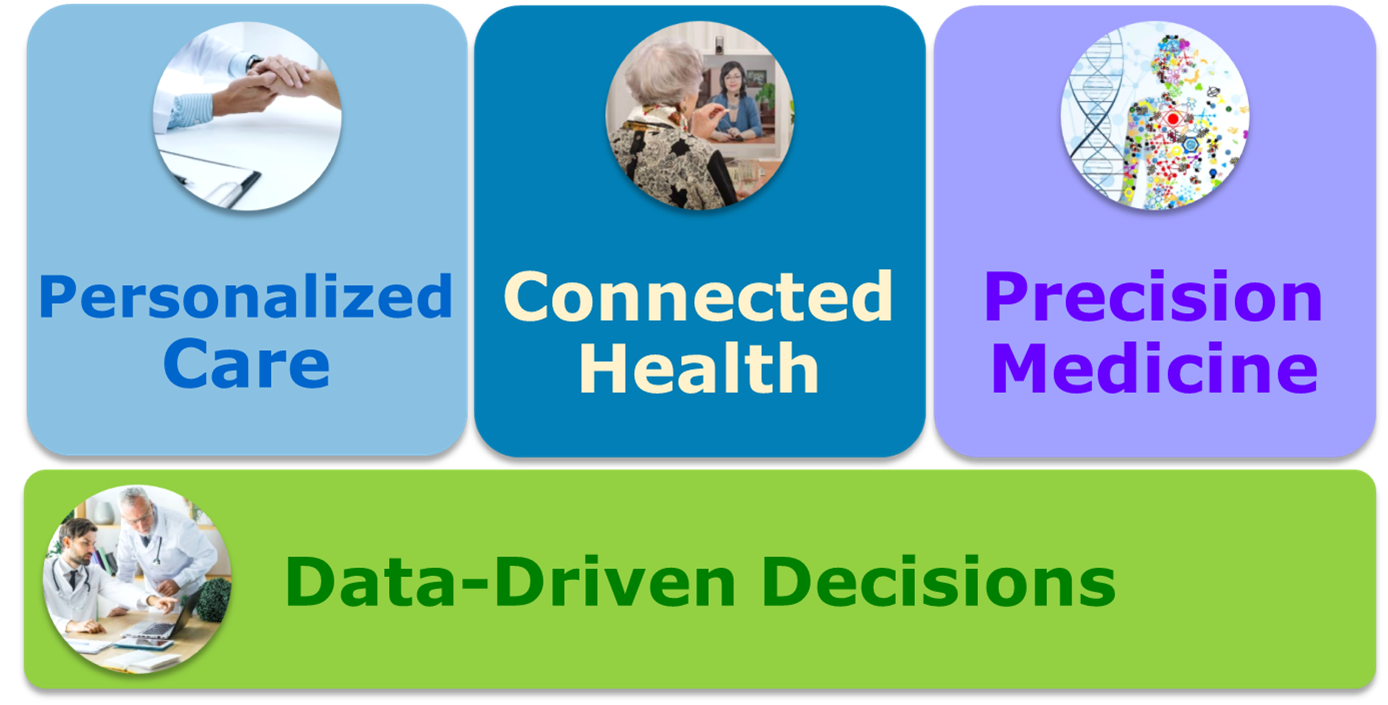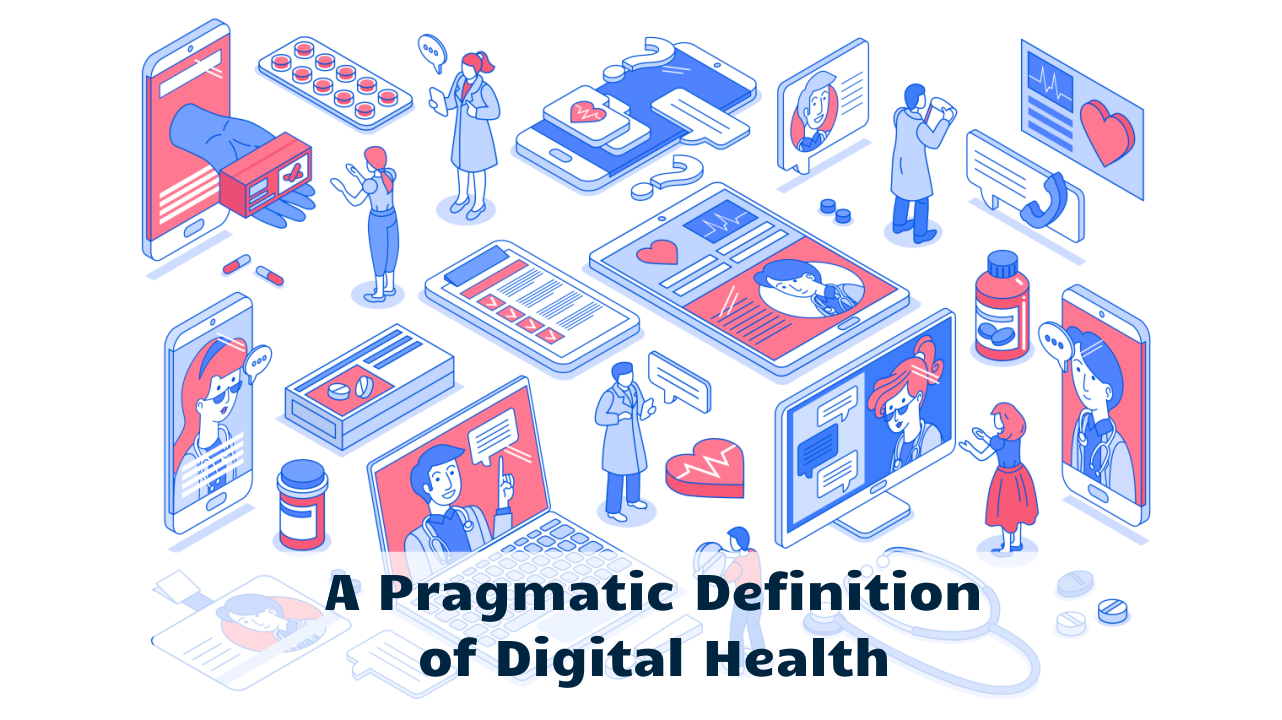Now that we’re almost past the Covid-19 health crisis, attention is expanding from telehealth, telemedicine, and virtual care to the larger scope of digital health.
In a recent survey, over 75% of the hospital executives indicated that they are not confident in their digital health strategy:
“More than 90% of health systems surveyed recently say a strong digital health strategy is essential to improving clinical outcomes, boosting clinician satisfaction rates and increasing productivity, yet less than half actually have a strategy in place. And less than a quarter are “very confident” that they have the right strategy.”
On the other side, over the past 11 years, the venture capital industry has pumped more than $86 billion dollars into Digital Health innovation — with close to 30 of those $86 billion invested in 2021 alone!
Yet most health systems have a more or less “fly-by-the-seat-of-their-pants” approach to evaluating and selecting digital health — often leaving most of the decision power with the technicians, not the clinicians.
Over the next months, I’ll be covering multiple building blocks for the construction of a digital health strategy, which I’ll cross-link at the bottom.
Traditional Digital Health Definition
If you search for a definition of Digital Health you’ll find all kinds of definition – from those focused on technology from the FDA:
“Digital Health includes categories such as mobile health (mHealth), health information technology (IT), wearable devices, telehealth and telemedicine, and personalized medicine”
to a more ambitious (and convoluted) definition by HIMSS
“Digital health connects and empowers people and populations to manage health and wellness, augmented by accessible and supportive provider teams working within flexible, integrated, interoperable, and digitally-enabled care environments that strategically leverage digital tools, technologies and services to transform care delivery.”
On the other hand, many of those definitions also focus on the outcomes that digital health can create, including the quadruple aim
- improving the patient experience
- improving the quality of care
- lower the cost of healthcare
- improving the clinician experience
and additional external and internal outcomes
- improving population health
- improving access to care
- addressing health disparities
- providing more personalized health care for patients
- reducing inefficiencies in the healthcare system
Pragmatic Definitions of Digital Health
As a systems engineer, I often ask the question: What is the primary purpose of the system?
For the system of healthcare, when focused on a healthcare delivery organization such as a health center, health system, or academic medical center, at the core of those systems are the Care Delivery Processes.
Simplistically speaking, care delivery breaks down into three steps:
- Assess: What’s going on? What’s wrong?
- Decide: How can we learn more? What can we do to fix it?
- Treat: Fix the problem. Heal the patient.
A healthcare system can be simplified down to three distinct parts:
- Care Decisions — Diagnosis & Treatment Plan
- Care Delivery — Assess (exams, consults) & Treat (therapy, procedures)
- Ancillary Processes — Scheduling, Ordering, Billing, etc.
Which leads us to a first possible pragmatic definition of Digital Health:
Digital Health is the use of technology to improve the efficiency and efficacy of Care Decision, Care Delivery, and Ancillary Healthcare Processes.
With that definition, there are quite a number of “users” of digital health, including patients, clinicians, clinical support staff, operational support staff and leadership. I.e., digital health is not just limited to clinicians and patients, but is used by anyone involved in the delivery of care and the creation of the care experience.
Ultimately what digital health boils down to is this simple definition:
Digital Health is the provision of care and its associated processes enabled and supported by Digital Technologies.
This definition focus on the core purpose (care – i.e., diagnosis and treatment), albeit with the use of technology.
The Four Core Realms of Digital Health
When this simple definition is embraced it leads next to the next question: how are we providing care and how can we leverage technology to do so better?
For an answer to this question, I’ll offer a definition of the Four Core Realms of Digital Health:
- Connected Health
- Precision Medicine
- Personalized Care
- Data-Driven Decisions



Connected Health: Empowered Wellness — Empowering patients to get well and stay well anywhere, any time.
Precision Medicine: Tailoring medical treatment to a patient’s unique specific characteristics.
Personalized Care: Building Trusted Relationships and Loyalty through exceptional service experiences.
Data-Driven Decisions: Empowering physicians, patients, and leaders to make better decisions.
A more in depth discussion of these four realms, along with guidance how an organization can “accelerate the adoption of digital health innovation” will be forthcoming in future installments of the Telehealth Tuesday column.








To receive articles like these in your Inbox every week, you can subscribe to Christian’s Telehealth Tuesday Newsletter.
Christian Milaster and his team optimize Telehealth Services for health systems and physician practices. Christian is the Founder and President of Ingenium Digital Health Advisors where he and his expert consortium partner with healthcare leaders to enable the delivery of extraordinary care.
Contact Christian by phone or text at 657-464-3648, via email, or video chat.







Leave A Comment